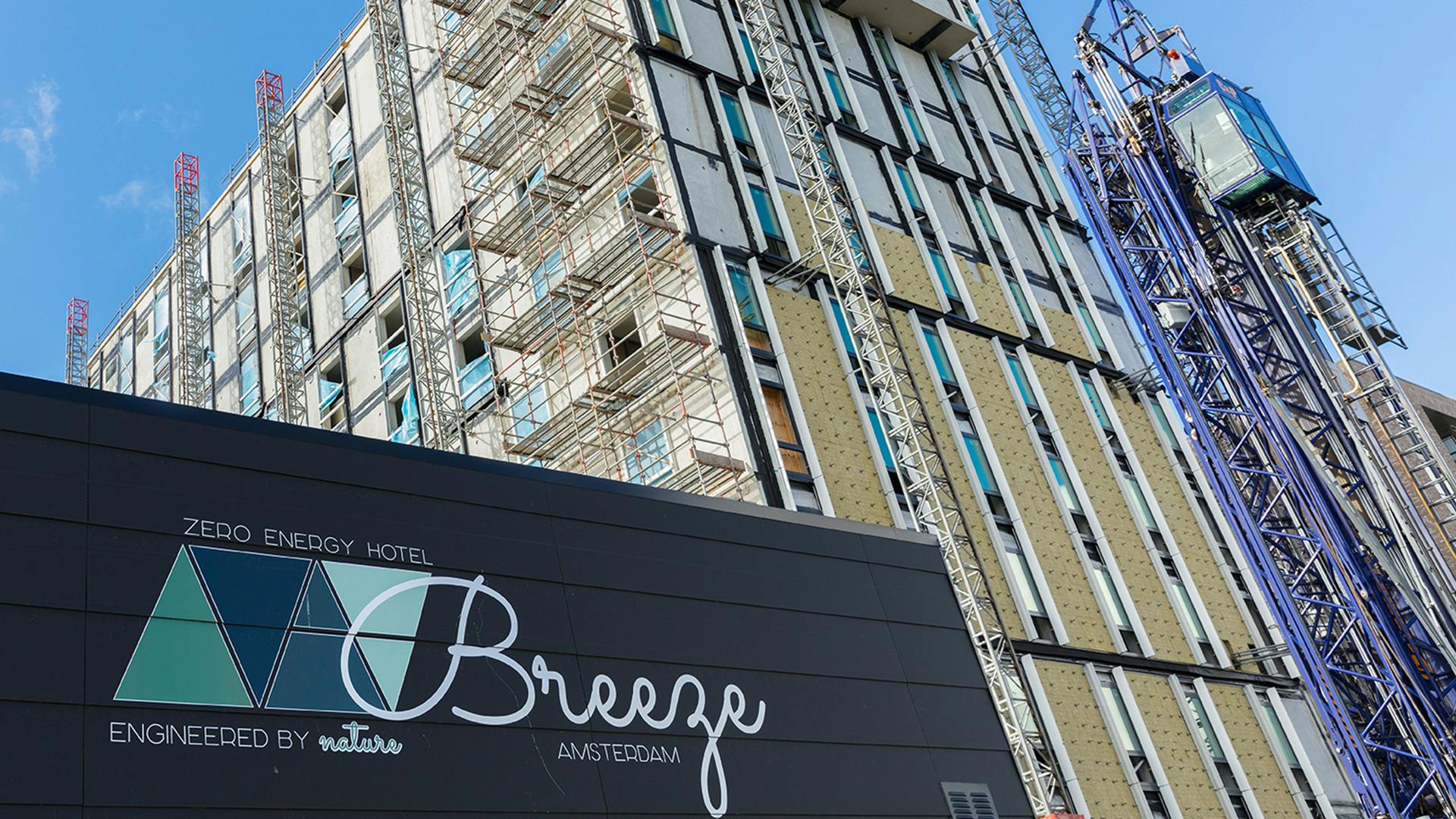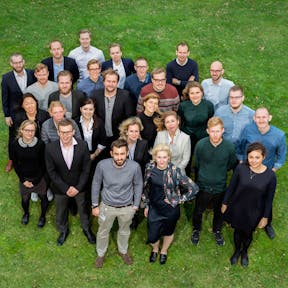Ventilated Façade
First explored and tested in the early 20th century in Europe, this ‘second skin’ for structures creates a chimney effect, which contributes to elimination of moisture and regulation of heat – that can otherwise affect the building in hot weather.
These solutions can be used to improve performance of both new and existing buildings, in conjunction with cladding products from ROCKPANEL, part of the ROCKWOOL Group.
Read on to learn more about these solutions – popular among architects and contractors for their high quality, aesthetic possibilities and numerous advantages.


































